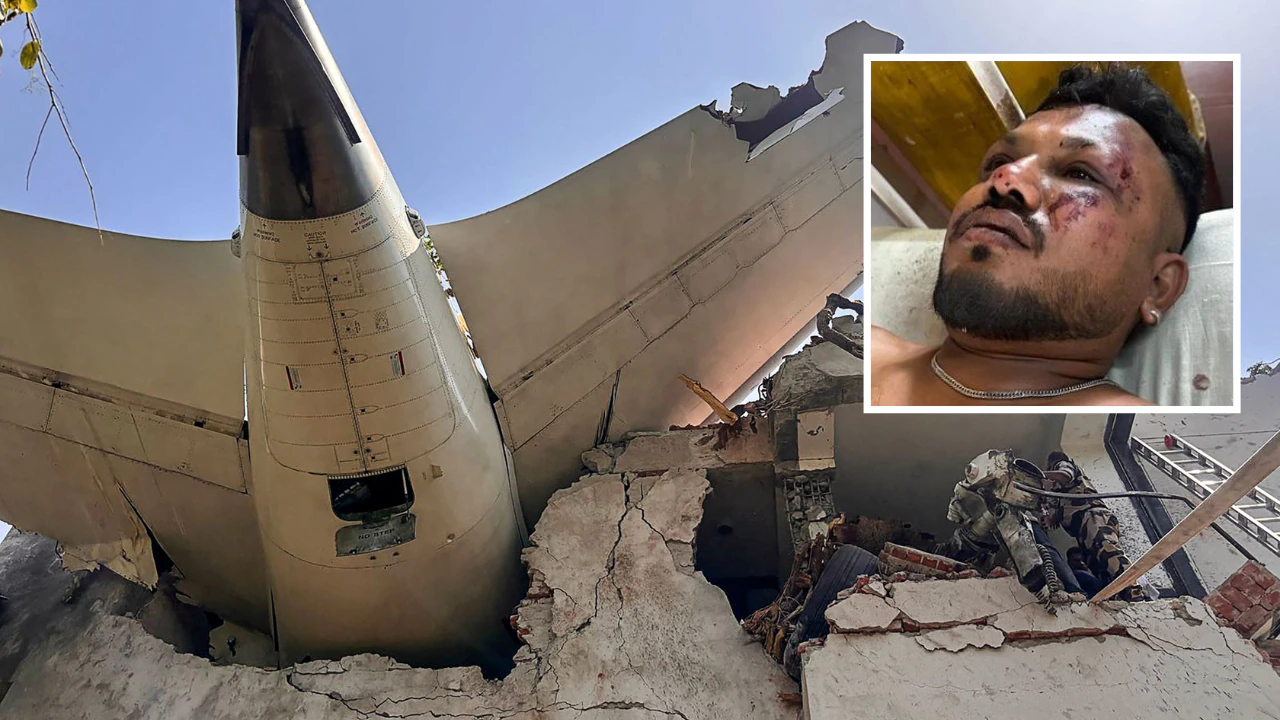An Air India Boeing 787-8 Dreamliner carrying 242 people crashed just minutes after leaving Sardar Vallabhbhai Patel International Airport in Ahmedabad on its way to London Gatwick. The aircraft went down near the airport boundary after issuing a Mayday call and reportedly struck a medical college hostel, leaving a trail of wreckage and heavy smoke in the Meghani Nagar area. Rescue teams have rushed to the scene to search for survivors and recover the victims of what is shaping up to be one of India’s worst civil aviation disasters in recent memory.
The flight, designated AI171, lifted off from Runway 23 at 1:39 PM IST (0809 UTC) with Captain Sumeet Sabharwal at the controls. Sabharwal, who had logged 8,200 hours of flight time, and First Officer Clive Kundar, with 1,100 hours, climbed steadily until the jet reached barely 625 feet. Mere moments later, amid signs of a sudden emergency, the captain declared a Mayday to Ahmedabad air traffic control. As controllers tried repeatedly to reestablish contact after 1:40 PM, the aircraft began an uncontrolled descent. Radar data suggest a drop rate of 475 feet per minute as the jet fell back toward the ground. Witnesses reported a flash of fire and a loud explosion at roughly 2:00 PM when the airliner struck the ground and a nearby building.
The impact zone included the mess hall of the BJ Medical College hostel, where students were gathered for lunch. Witnesses described plates still half‑full on tables as debris from the jet tore through walls and windows. Investigators found the tail section lodged in the hostel’s upper floor, while mangled wings and fuselage sections lay scattered around the courtyard. Local emergency teams, supported by the National Disaster Response Force and paramilitary units, worked to pull injured students and staff from the rubble. Officials have confirmed at least five medical students died—four undergraduates and one resident doctor—and more than thirty others were wounded, some critically. Hospital sources say that doctors are racing to treat burns and fractures, even as rescuers continue to search for victims buried under heavy concrete.
The crash marks a grim milestone for the Boeing 787‑8 Dreamliner, which entered service in 2011 and until now had maintained a spotless fatality record. While the fleet faced earlier hurdles such as battery fires in 2013 and quality issues that halted deliveries between 2020 and 2022, none of those incidents led to passenger deaths. More recently, a January 2025 event saw a United Airlines Dreamliner lose both inertial reference units over West Africa, injuring dozens but allowing a safe landing. Boeing has for years insisted on the plane’s safety, even as whistleblowers warned of potential design faults. Now, with Flight AI171 lost and casualties confirmed, the company faces intense scrutiny over the Dreamliner’s performance under extreme stress.
Government agencies and Air India have launched parallel investigations. The Directorate General of Civil Aviation dispatched a team to collect flight data and cockpit voice recorders. Air India leadership expressed condolences and pledged full cooperation, while the airport authority reviewed security footage and air traffic logs. In a statement, the airline said it would support victims’ families and provide the data needed to determine what went wrong during the climb and descent. Officials stressed that early signs point to a sudden mechanical or systems failure, though they cautioned that it will take weeks of detailed work to reach firm conclusions.
As Ahmedabad reels from the tragedy, public grief has turned to calls for answers and renewed checks on aircraft safety. Neighbors have gathered flowers and candles around the crash site, while medical students and staff mourn their classmates. In the coming days, aviation experts will pore over black box recordings and engineer reports, hoping to identify the chain of events that led to this disaster. Until then, investigators, first responders, and the community remain united in their effort to recover, to heal, and to prevent a similar accident from ever happening again.

